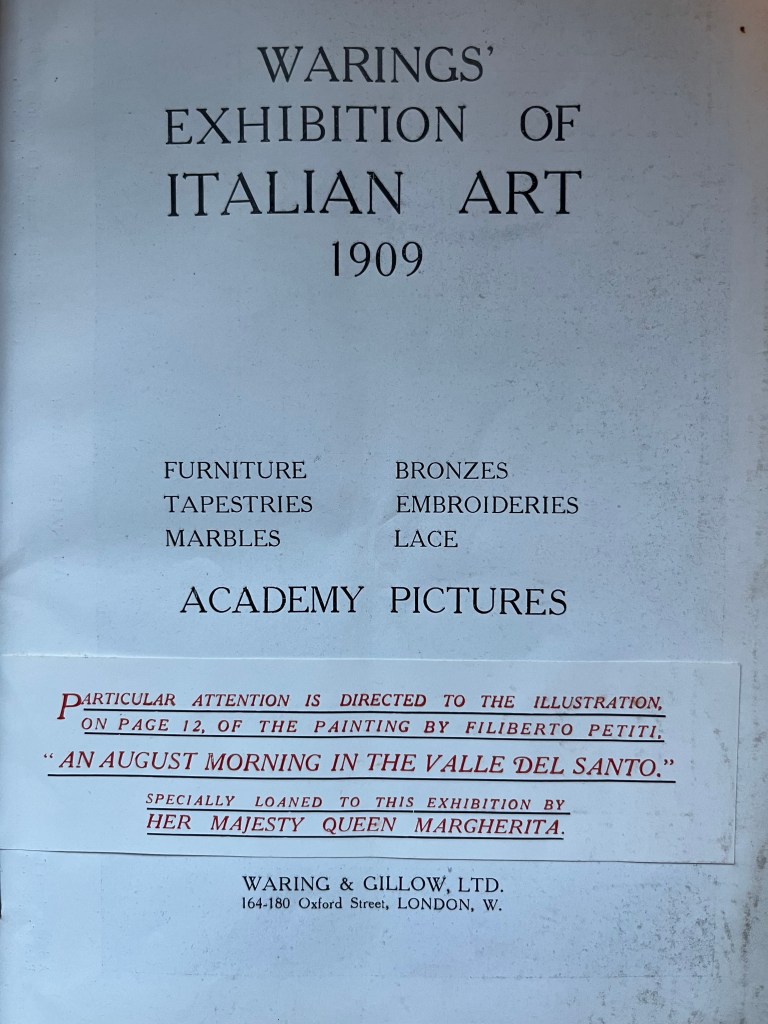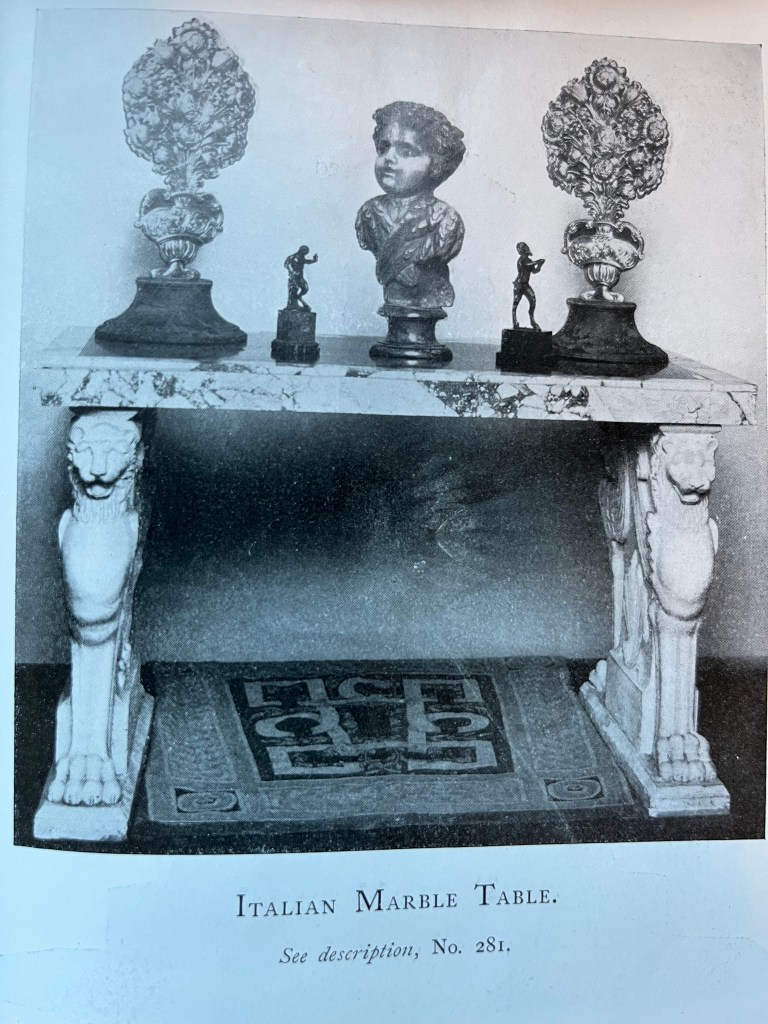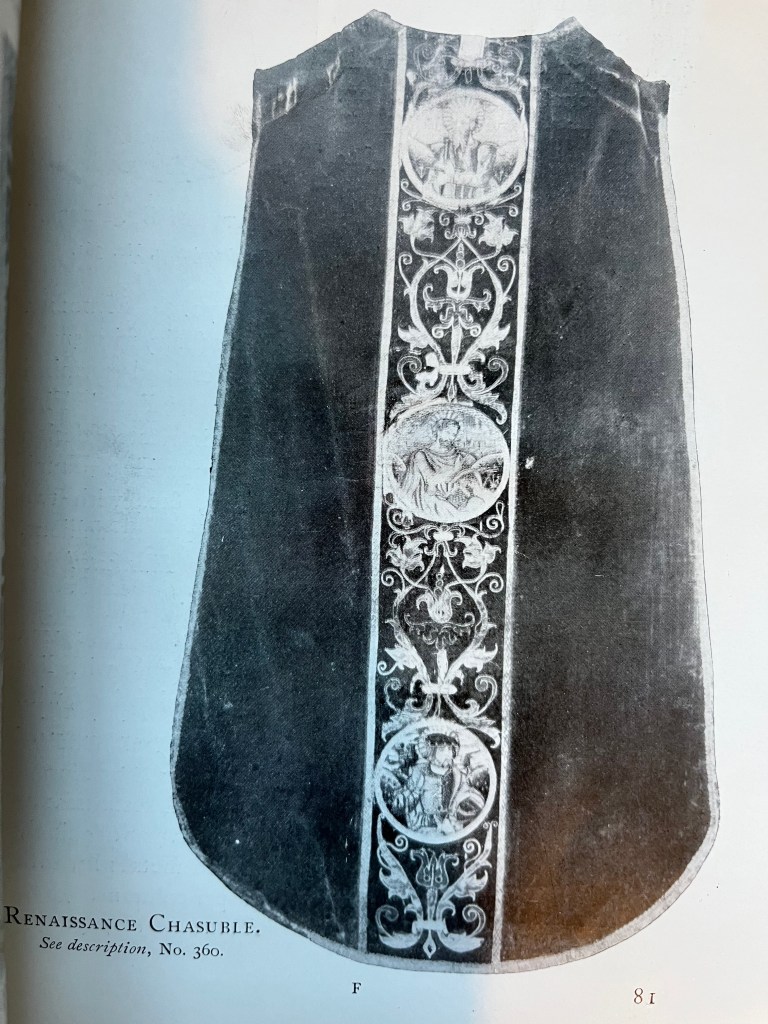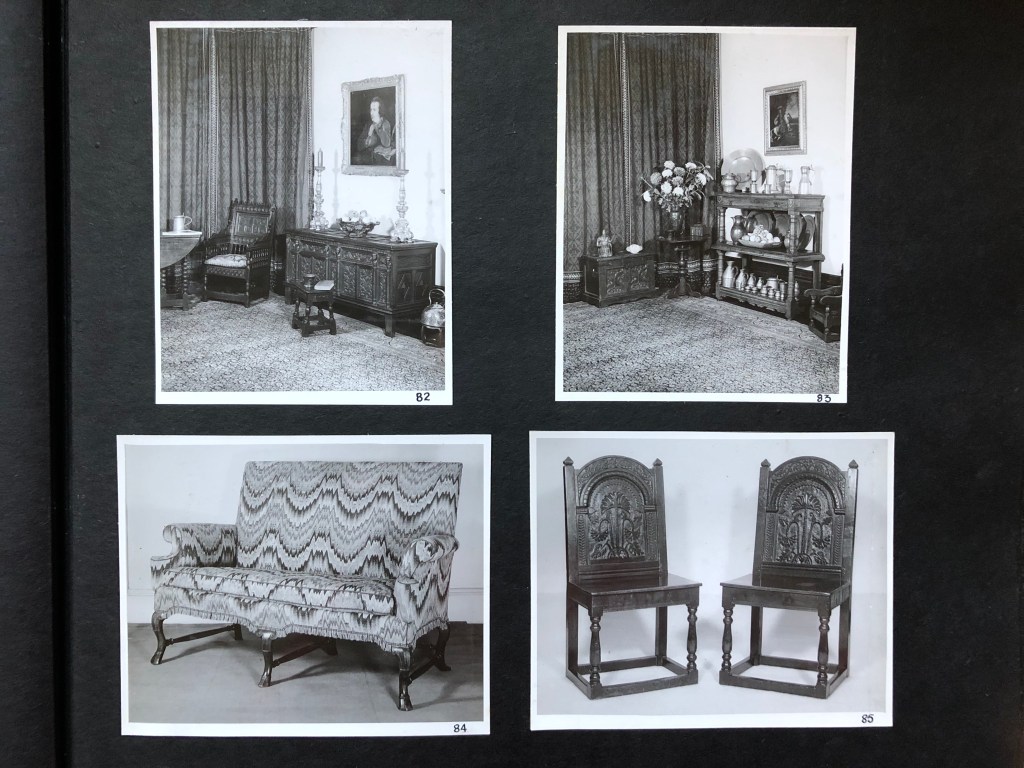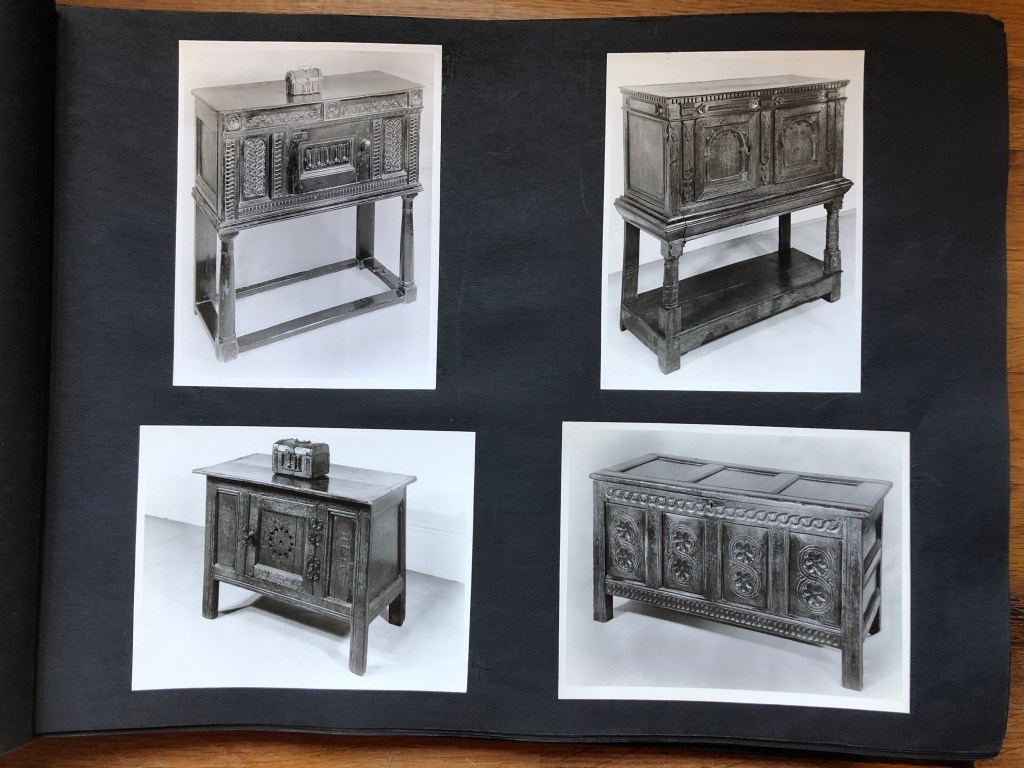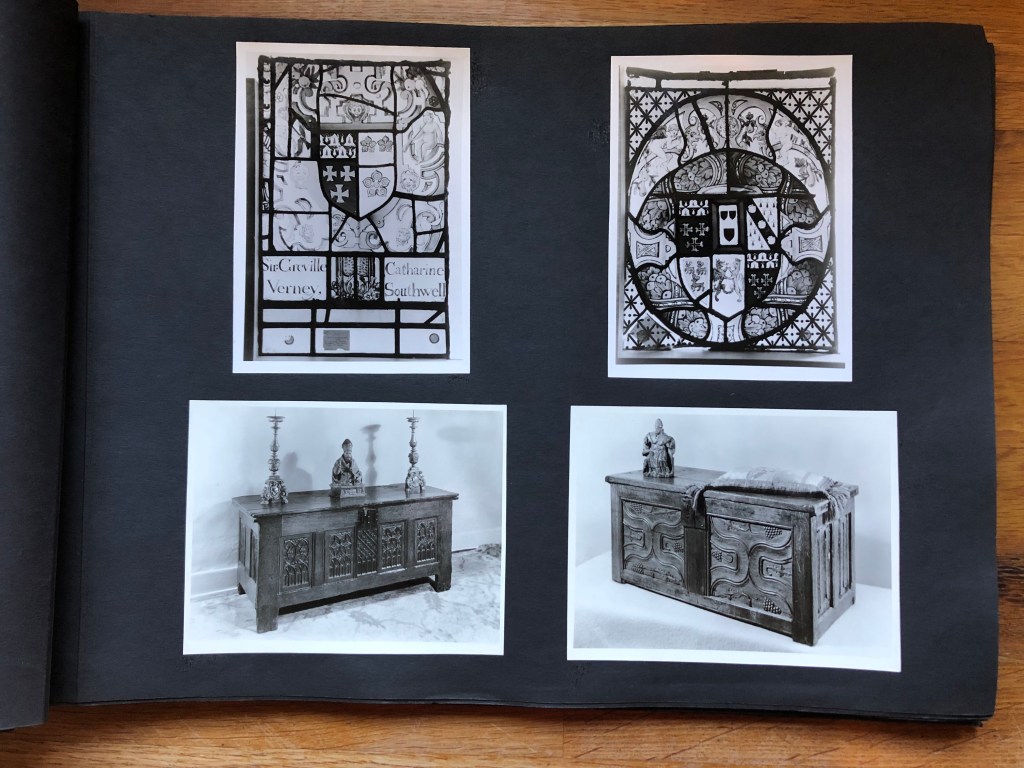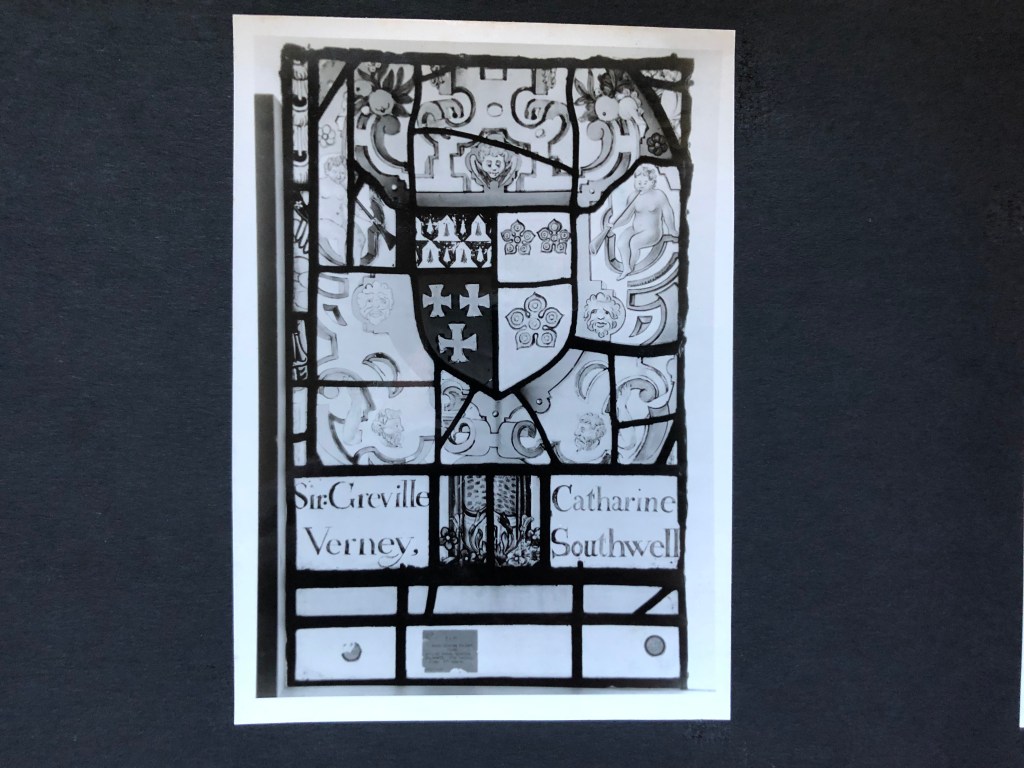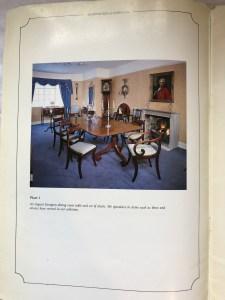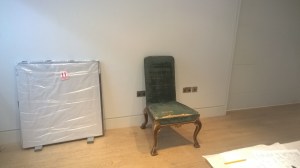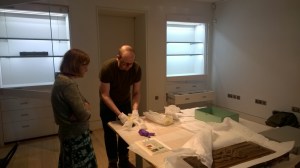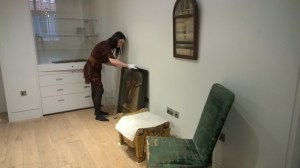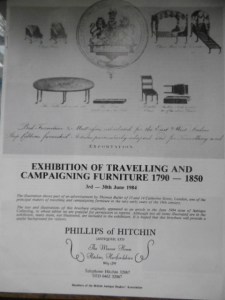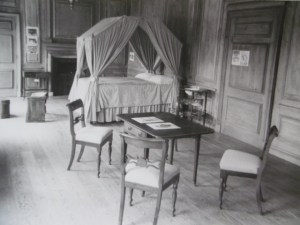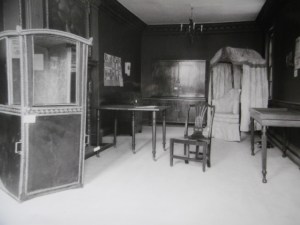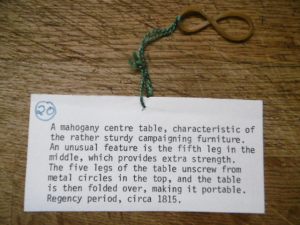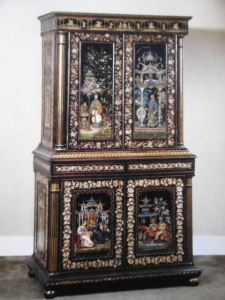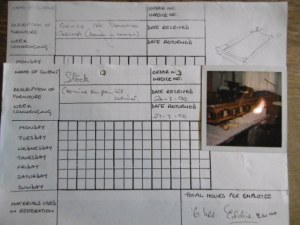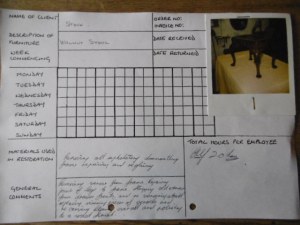Exciting news for the forthcoming start of 2024 – I’ve curated a new exhibition (with Rachel Eckersley, rare book specialist at the Brotherton Library Special Collections and Rhiannon Lawrence-Francis, Special Collections Curator), which opens on 9th January 2024 at the Treasures of the Brotherton Gallery at the University of Leeds.

The exhibition, ‘Part of the Furniture: The Library of John Bedford‘, which runs until 2nd December 2024 (so plenty of time to see it) is focused on the library of furniture history, assembled by former antique dealer, John Bedford (1941-2019). John owned William Bedford Antiques in North London, and which became a Public Limited Company (PLC) in the 1980s. John spent 45 years creating a remarkable library of books and manuscripts, dating from the 17th century to the twentieth century, and the exhibition celebrates John’s extraordinary gift to the University of Leeds.
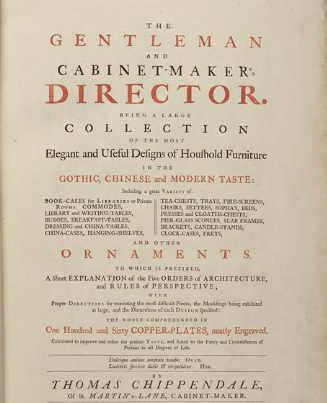
The exhibition explores the history of furniture as a subject, highlighting the role that books and publications have played in the evolving discourse, and directing attention to the influential role that antique dealers and collectors have played in the formation of furniture history. It is full of rare and wonderful books and manuscripts, from a early 18th century Apprenticeship Indenture, and a unique copy of Jacques Androuet Du Cerceau’s Furniture Designs (c.1545-1565), to key texts such as Chippendale’s Director (1754) and Sheraton and Hepplewhite pattern books.
One of the most interesting items (as far as the antique dealer’s blog is concerned at least), is a unique sketch book of designs for drapery and furniture produced by Daniel Thorn (c.1788-1853) in the early 19th century. Thorn began trading as ‘Upholsterer’ in the 1810s, but by the 1830s he was trading as a ‘curiosity dealer’ and ‘dealer in ancient furniture’. Such a transition, as readers of the antique dealers blog will know, was quite common in the early 19th century.

Thorn’s sketch book contains dozens of designs for upholstery schemes, as well as sketches for furniture designs, all in the fashionable taste of the 1810s and 1820s. But his sketch book also contains some fascinating drawings of antiques and curios, demonstrating his evolving interests as a dealer in ancient furniture and curiosities. This drawing (below) is typical of the detailed sketches in Thorn’s album – a loose page inserted into the bound volume – it shows 16th and 17th century ‘Bellarmine’ jugs, a ‘Curious Bason [sic] plate (old Earthen Ware painted Yellow & B [brown/black?] ornam[ent]’, together with 17th century glass vessels, a knife ‘very rude’ and a ‘Yellow Earth[enware] pot’
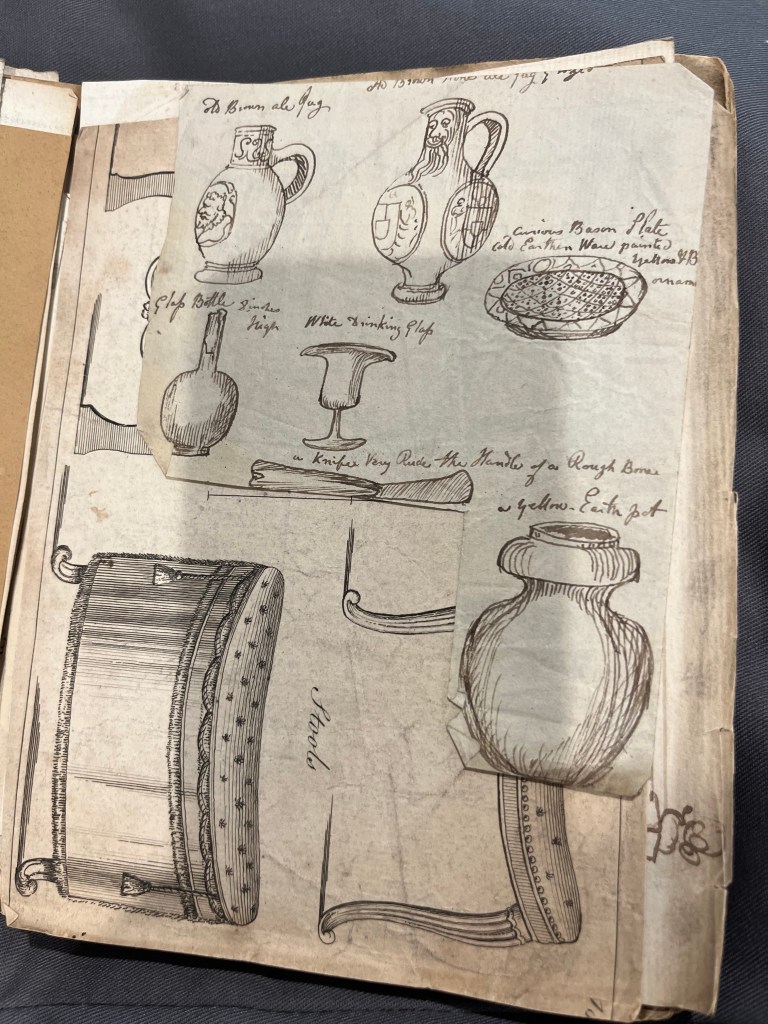
The exhibition also includes a fabulously vibrant trade catalogue produced by Henry Lawford in 1855 – The Cabinet of Practical, Useful and Decorative Furniture Designs. It folds out, rather like an old Ordnance Survey Map, and contains brightly coloured lithographed designs, mounted on a linen background, for deep-buttoned sofas in typical Victorian styles of the period. It reminds us that the Victorian interior was a riot of colour, rather than being dour, dark and drab!

The exhibition is FREE to visit – the Treasures Gallery is open Tuesday to Friday 10am-5pm – and runs from 9th January until 21st December 2024. Do also keep your eyes open for events associated with the exhibition ‘Part of the Furniture: the John Bedford Library’ throughout 2024. I hope you get a chance to come and see the exhibition – do say hello!
Happy New Year to all our readers!
Mark

